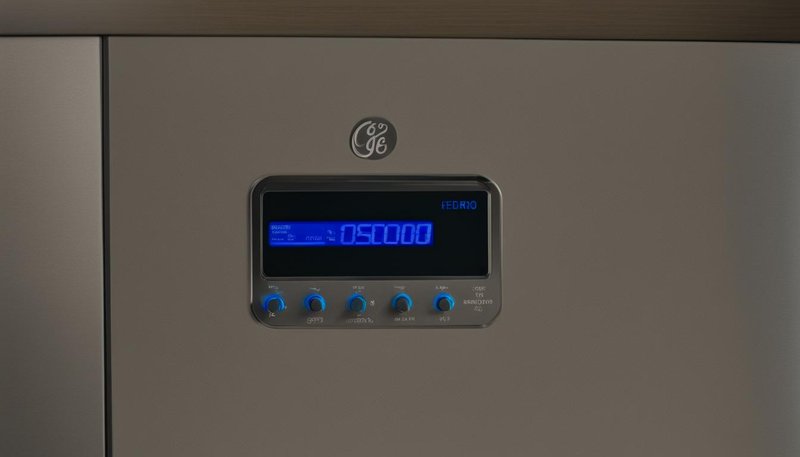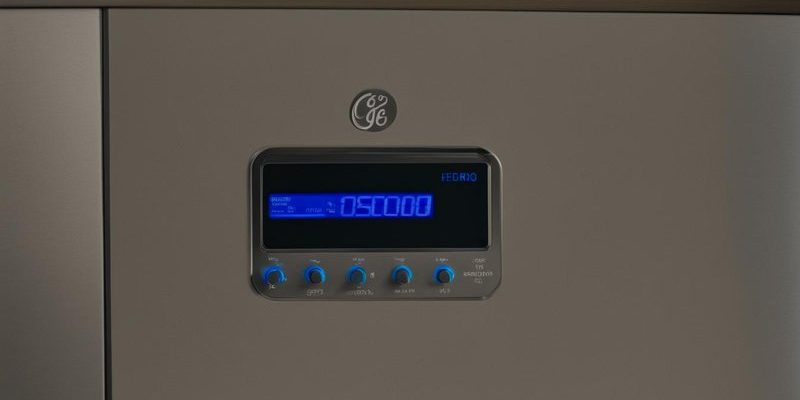
The “HE” error code in GE microwaves usually indicates a problem with the unit’s sensor system. Think of it like a hiccup in your microwave’s brain, which is responsible for gauging temperatures to cook your food properly. Ignoring this error is akin to driving your car with the check engine light on — you might get away with it for a bit, but it’s not advisable in the long run. You may be able to warm up your soup today, but down the road, persistent ignorance could lead to less efficient heating or even further malfunctions.
Understanding the “HE” Error Code
You might be wondering, “What exactly is happening behind that error code?” The “HE” stands for “Humidity Error,” which essentially highlights issues with the microwave’s moisture sensor. Imagine your microwave as a little weather station inside your kitchen. It uses sensors to measure the humidity levels inside while cooking, ensuring your meals come out just right. When “HE” appears, it’s telling you that sensor is having trouble picking up those levels correctly.
The humidity sensor plays a crucial role in certain cooking modes, particularly those involving presets for popcorn, potatoes, or vegetables. It’s like having an invisible chef that adjusts cooking times for you. However, when there’s a hiccup, the microwave may not stop cooking at the ideal time, affecting food quality. It’s like trying to bake a cake without a timer — you might end up with something too gooey or burned.
Here’s the deal: ignoring this error can lead to uneven cooking. You might notice your popcorn isn’t fully popped or your baked potato is cold in the center. In some cases, the microwave might even stop working altogether if the sensor issue persists. It’s a minor problem with the potential to snowball if left unaddressed. So, what can you do about it?
Troubleshooting the “HE” Error Code
Now, let’s talk about how you can tackle this hiccup. First things first, try a simple reset. It’s like rebooting your computer when it’s running slow. Unplug the microwave for a few minutes and then plug it back in. Sometimes, a reset can clear the error code and restore normal functions, just like a quick nap helps reset your brain.
If that doesn’t work, consider giving the inside of your microwave a good clean. Grease and food particles can accumulate and interfere with sensor operations. Use a mild detergent or a microwave-safe cleaner to wipe down the interior, paying close attention to any openings or grids where sensors might be located. It’s like cleaning your glasses for a clearer view — the sensors need a clean environment to work correctly.
Should the error persist, it might be time to consult the user manual or even contact GE customer support. Sometimes, the issue could be hardware-related, requiring professional repair or sensor replacement. This step is like calling a plumber when your DIY fix doesn’t unclog the drain — trusting a professional can save you time and future headaches.
Preventing Future Errors
The best way to handle error codes is to prevent them from happening in the first place. Regular maintenance is key. Make it a habit to clean your microwave regularly, ideally once a week, to prevent the build-up of food particles and grease. It’s much like changing the oil in your car — a little upkeep can go a long way in ensuring smooth operation.
Also, avoid slamming the microwave door or overloading it with heavy dishes, as these practices can jostle components and lead to errors. Treat it with the same gentle care you’d show a prized possession. Being mindful of how you use the microwave can prolong its life and reduce the likelihood of error codes popping up.
Lastly, stay informed about your appliance. Check for software updates or recalls, which are sometimes provided by manufacturers to iron out common issues. In the same way, we update our phone apps for better performance, your microwave might benefit from similar updates.
So, can you ignore the GE microwaves error code “HE”? While you might be tempted to bypass it for a quick reheat, addressing it promptly ensures that your microwave runs efficiently and reliably. Taking the time to understand and troubleshoot the issue can save you from inconvenient and costly repairs down the line. Remember, a well-maintained appliance is a happy appliance!
